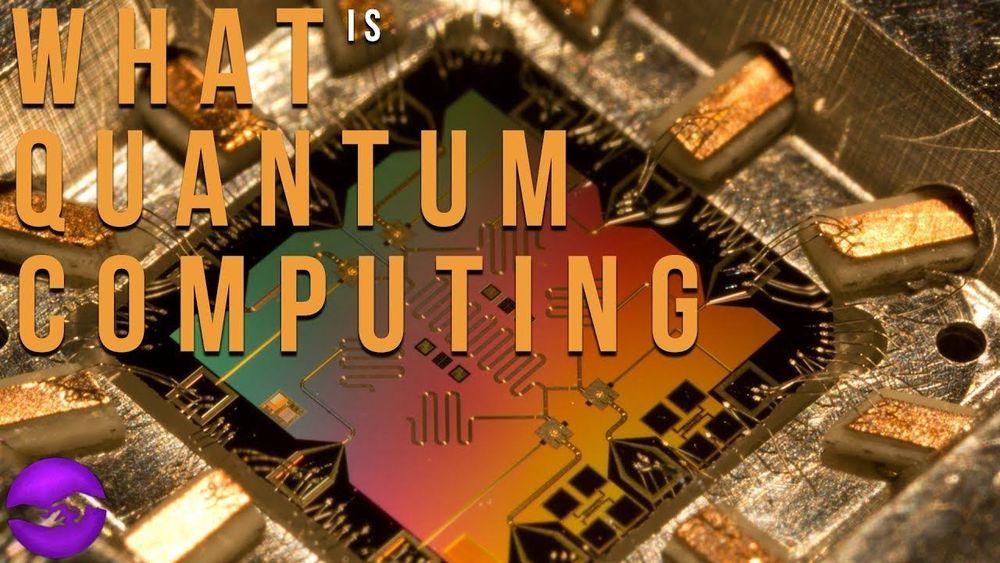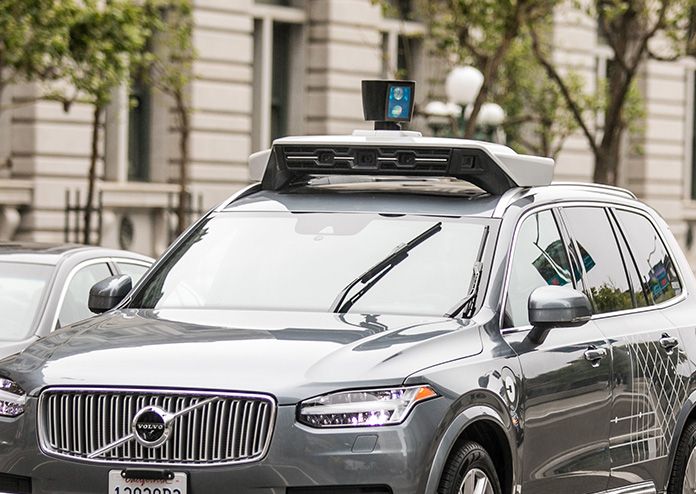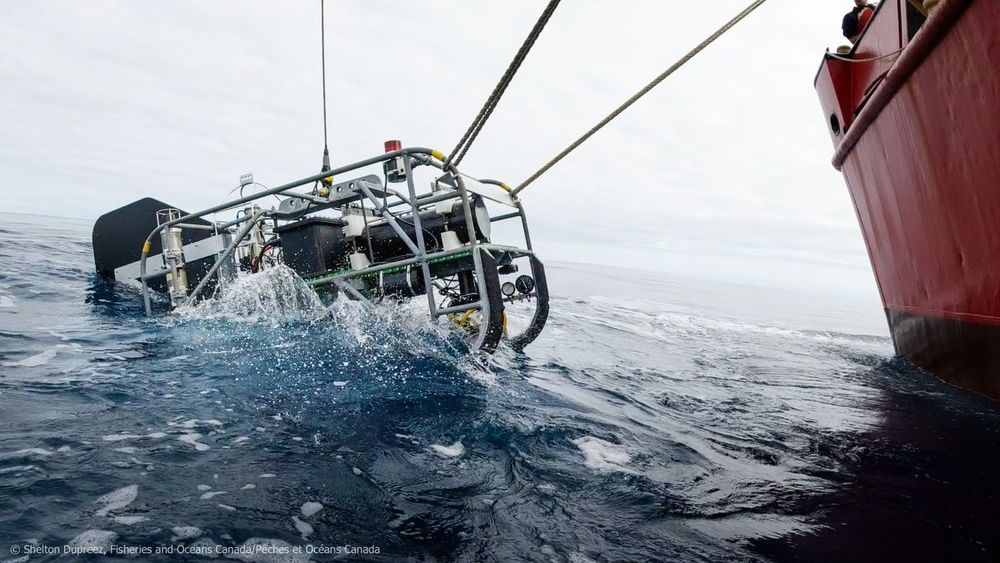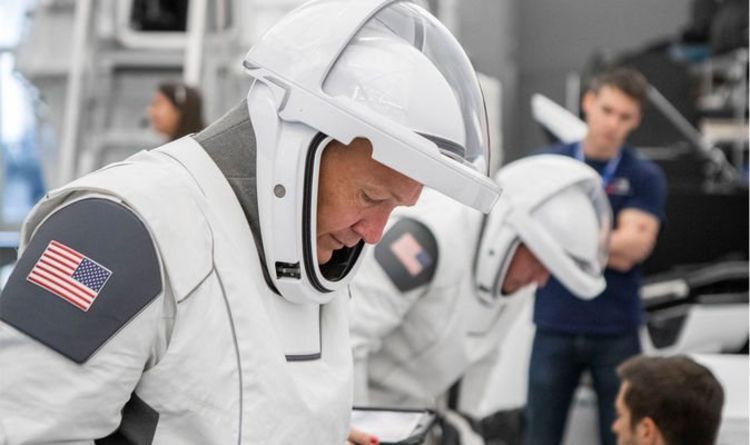Aug 9, 2019
What Is Quantum Computing (Quantum Computers Explained)
Posted by Ankur Bargotra in categories: information science, quantum physics, robotics/AI
This video is the ninth in a multi-part series discussing computing and the second discussing non-classical computing. In this video, we’ll be discussing what quantum computing is, how it works and the impact it will have on the field of computing.
[0:28–6:14] Starting off we’ll discuss, what quantum computing is, more specifically — the basics of quantum mechanics and how quantum algorithms will run on quantum computers.
Continue reading “What Is Quantum Computing (Quantum Computers Explained)” »


















